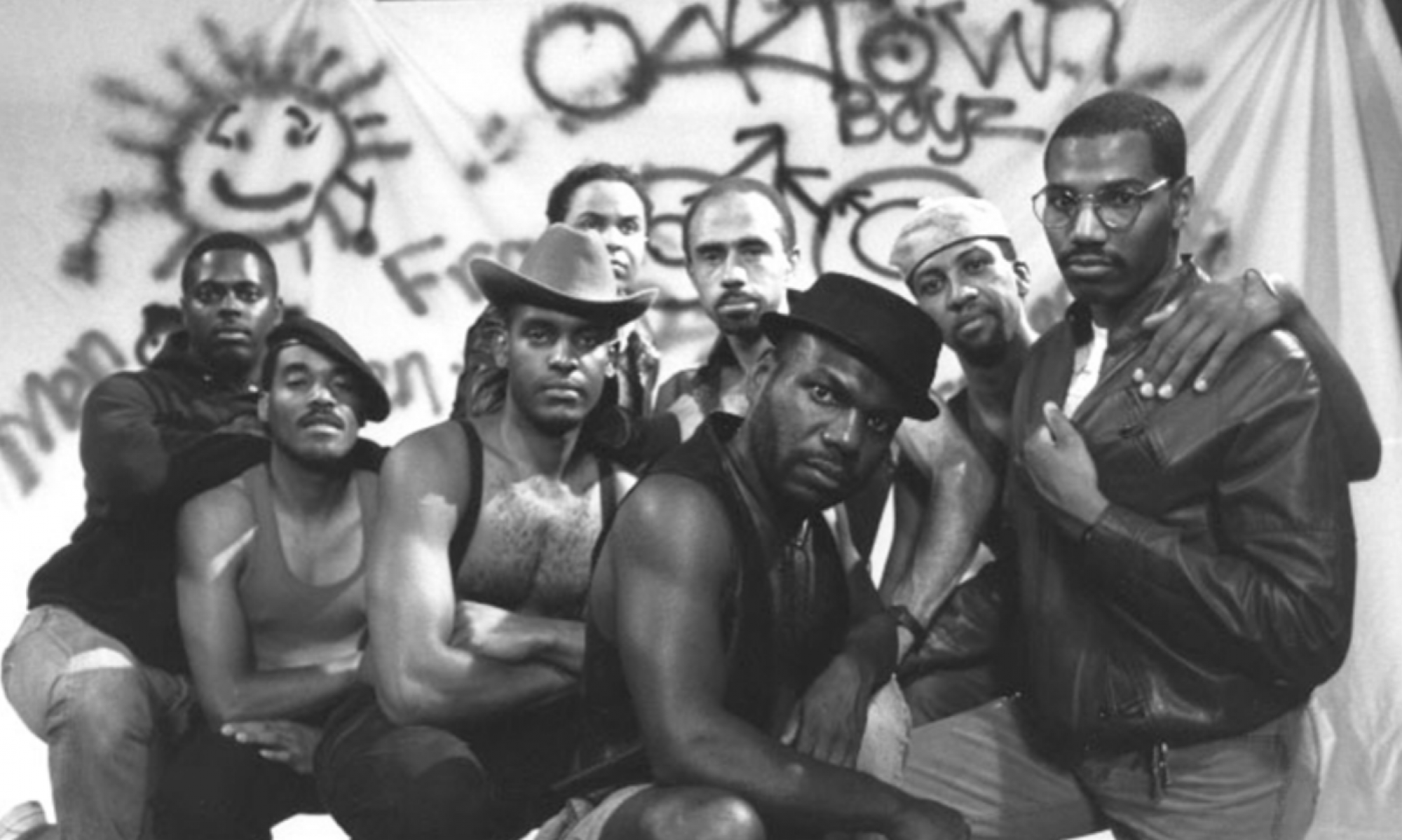
Carmen Miranda: A Subject of Dissection
In Week 1, we read James Mandrell’s “Carmen Miranda Betwixt and Between, Or, Neither Here Nor There” followed by a screening of The Gang’s All Here. In his article, Mandrell argues that Miranda’s character is part of a “general queerness in US culture during the decades following World War II, when this persona achieves a camp apotheosis with the diffusion of television in the 1950’s”. Additionally, he suggests that Miranda eventually becomes a political object used to bridge cultures and identity. This is the point I would like to emphasize and analyze about Miranda.
Carmen Miranda is interesting because she became so welcomed in US households given her reputation in movies and television. She became a household name and bridged entry into a world exclusively white and predominantly male. She became part of a system whose very essence excludes her culture and identity. How did she do it? Rather, why did audiences receive her so well?
I have trouble answering this question because I find a very peculiar hypocrisy in viewership relating to latin characters like Miranda. As a Brazilian and a latina, Miranda’s character is accepted and applauded. Her accent is marveled and she is fetishized in a way white women are not as well as being a product of a male-oriented viewership. This is contrasted by a growing resentment of latinx people in the US during the same time period. While Miranda’s character is laughed at and entertaining viewership inside, the Zoot Suit riots are occurring outside.
Rather than a straight hypocrisy in perception of latinxs, it is more of a selectivity. Viewers are selecting the parts of latin identity that they want to accept as well as the parts of Miranda’s femininity. It takes on notes like these: “ I like Miranda’s accent because she is a character I see on TV and I have a semi-ownership of her I don’t like the accents of Mexican Americans living in this country because they are “otherly” and foreign.”
It becomes a dissection. Viewers are dissecting characters and real-life versions of those identities and genders to cater to their view. It is rooted in a power dynamic of oppressed and oppressor. On the side of oppressor is white male (and partly female) viewership who taken upon a pseudo-ownership of characters through their allowance and existence in their screens. Carmen Miranda is given a pass despite her identity to be on screen, so long as she can amuse and remind viewers of their dominance over other countries (in this case, Brasil). Miranda’s representation of the Good Neighbor Policy and her humorous nature allows for U.S viewers to feel some form of safety regarding U.S. – Brazil relations. Though there was never a conflicting nature to these two countries, Miranda alleviates the “otherly” view of Brazil that U.S. viewership exhibits. However, in doing so, caricatures of latinx people and latin women/women in general are created.
This viewership takes the parts they like and chastise the parts they don’t. Usually these parts are related to similarity. If the character for some reason assimilates to US culture they get a thumbs up but the opposite is true when they character is strongly another culture. We see this in characters like Sofia Vergara welcomed in Modern Family for her very Miranda-like character. The opposite can be seen by just turning on the news.

In terms of gender, viewers are selecting the part of Miranda’s femininity that they like and making fun of the ones that they don’t, or is socially acceptable. Miranda’s promiscuous flirtation is emphasized and gawked at both on screen and on stage in the film. This can be seen by the contrast with Mrs. Peyton, who has a show-biz past but is now a loving wife. It is as if the film is suggesting that sexuality does not align with traditional family values and ideals.
What strikes me too is that everything I’m typing right now is not exclusively related to Miranda. She is followed by decades of latin stereotypes and tropes perpetuated in media. Miranda’s character extends beyond itself and reveals a still present selectivity in identities, cultures, and genders that we see on screen. They too now are also used in some grander political context. The society we live in is reflected on screen. Our perceptions and ideas of other cultures, both the good and the bad, are reflected on screen. It is a world primarily aligned with male viewership and comes at the expense of accurate representation. It is a world both reflected and contrasted by the real world. There is power in portrayal and an equal power in viewership.
